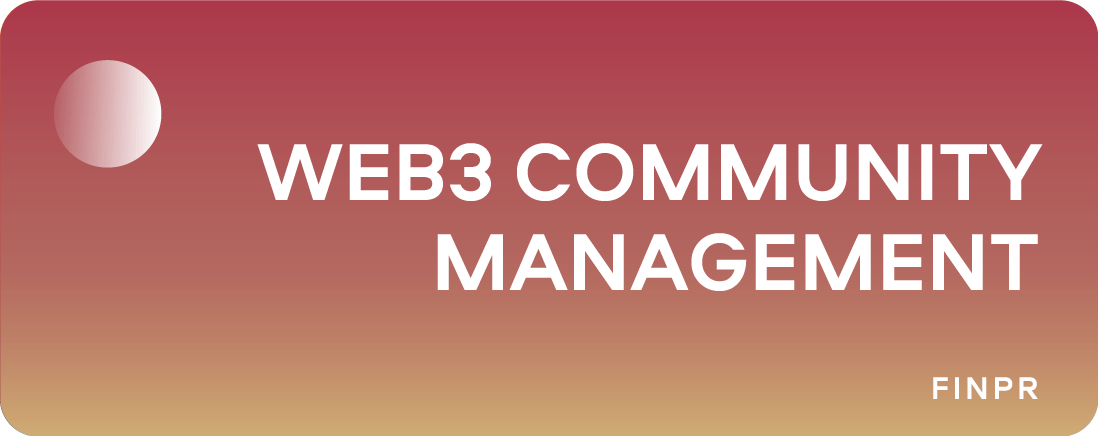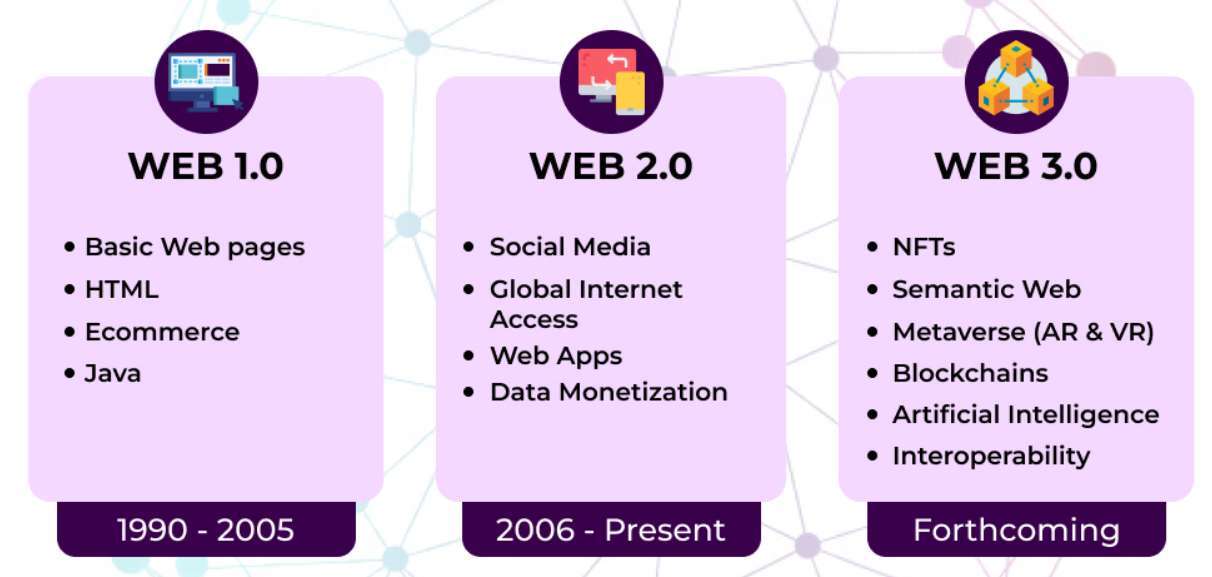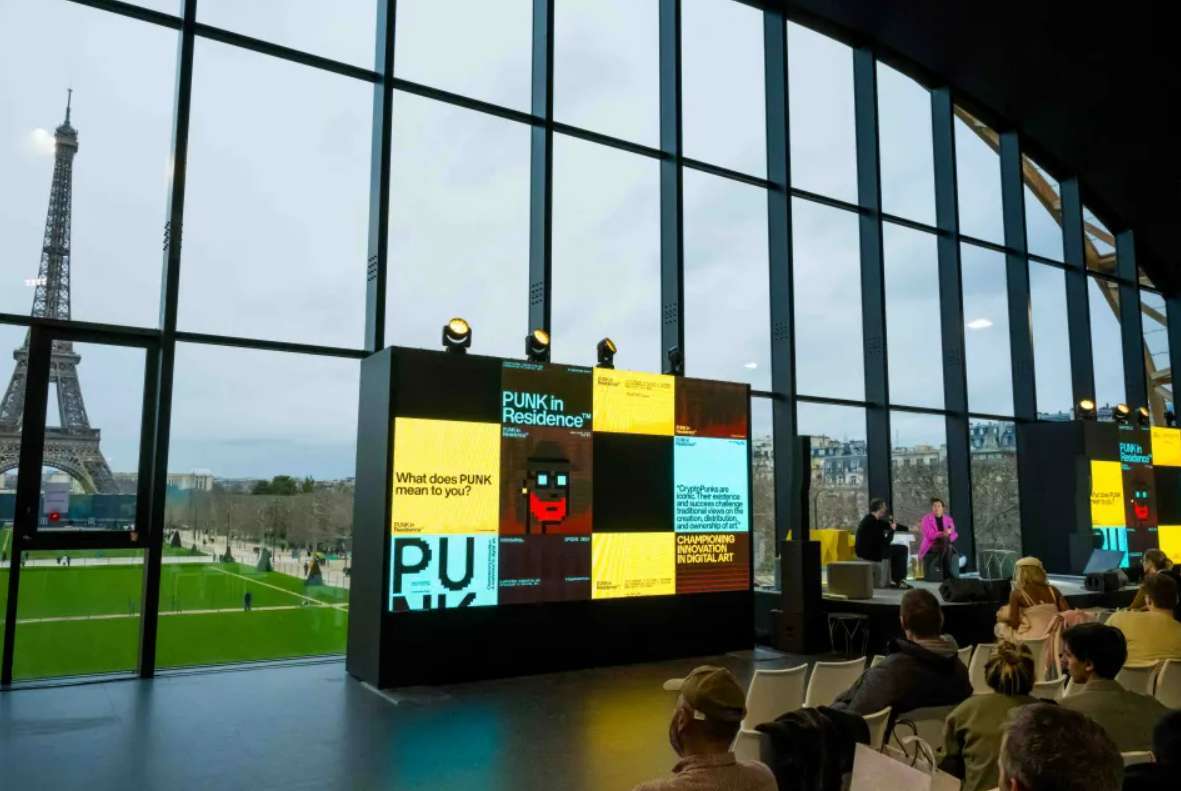
Web3 is transforming how we interact online, shifting from the centralized networks of the old internet to a new era where everyone has a stake. If you're diving into this world, whether with a new cryptocurrency, a decentralized app, or any other Web3 project, the community you build is your backbone.
This guide cuts through the jargon to bring you straightforward, effective strategies for Web3 community building. We'll show you how Web3's unique blend of blockchain and token-based economies can deepen user engagement and why every community manager needs to be a step ahead in leveraging these tools. From launching your project to keeping your followers engaged and motivated, you'll find practical tips here to keep your community thriving.
Differences Between Web3 and Traditional Web Technologies

Web3 represents a significant evolution in the way the internet is structured and used, marking a departure from the centralized paradigms of traditional web technologies (often referred to as Web2).
- Decentralization: Unlike traditional web technologies that rely on centralized servers and management, Web3 operates on decentralized networks, primarily using blockchain technology. This shift removes the need for central authorities or intermediaries, allowing users to interact directly and securely.
- Data Ownership and Privacy: In traditional web settings, companies and providers typically own user data, which they can monetize or use for various purposes and services. Web3 technologies give users ownership and control over their own data through cryptographic methods, enhancing privacy and security.
- Tokenization: Web3 introduces the concept of tokenization, which isn't prevalent in traditional web technologies. Tokens can represent any asset or utility and are used to create economies within communities, incentivize behaviors, and facilitate transactions and interactions within the network.
- Transparency and Trust: Blockchain, the backbone of many Web3 applications, offers unparalleled transparency. Every transaction is recorded on a public ledger, making it verifiable by anyone. This transparency builds trust among community members, as actions within the network are immutable and traceable.
- Interoperability: Web3 technologies are built to be interoperable, meaning they are designed to work across different blockchain networks and systems. This is in contrast to the siloed nature of traditional web applications, which often operate within their own confined ecosystems.
- User Empowerment and Participation: Web3 technologies empower users to have a say in the governance and operation of the platforms they use. Through mechanisms like DAOs (Decentralized Autonomous Organizations), token holders can vote on key decisions, directly influencing the project's development and Web3 community management.
- Economic Models: Web3 introduces new economic models centered around cryptocurrencies and tokens. These models provide not just opportunities for investment but also novel ways for users to earn rewards and participate economically in the ecosystems they contribute to.
Understanding these fundamental differences helps community managers tailor their strategies to harness the unique advantages of Web3.
The Importance of Community for Web3 Projects
Related projects often employ decentralized governance models, such as DAOs, where decisions are made collectively rather than by a single central authority. This model relies on active members’ participation in decision-making processes, policy setting, and even in the direction of the project’s development. The effectiveness of this governance model depends entirely on a well-engaged, informed, and active community.
The value of many projects increases with the number of users adopting and engaging with the platform. This is known as the network effect. A robust community contributes directly to the growth of the network by bringing in more users, which in turn enhances the platform's value and utility.
Feedback is crucial in the iterative development of Web3 companies. Since these projects are often in a state of flux, community input can help developers make necessary adjustments and improvements, ensuring that the project evolves in a direction that meets the users' needs.
Goals of Interaction Within the Community
Effective interaction fosters a sense of belonging, encourages active participation, and ensures that the project's goals align with the needs and aspirations of its members. Here are several key goals of interaction during a Web3 community building:
- Building Engagement and Participation: One primary goal is to keep the members actively engaged. Regular interaction helps maintain their interest and commitment to the project. Engagement can be facilitated through various forms such as discussions, polls, collaborative decision-making processes, and interactive events.
- Encouraging Education and Onboarding: Given the often complex nature of Web3 technologies, another vital goal is to educate and onboard new members effectively. Interaction should aim to simplify complex concepts, provide learning resources, and support new users as they navigate the ecosystem. This not only enhances user experience but also empowers members to contribute meaningfully.
- Gathering and Implementing Feedback: Interaction within the community is also instrumental in gathering feedback. This feedback should be actively sought, acknowledged, and where appropriate, implemented. This iterative process of feedback and improvement helps the project remain relevant and user-centric.
- Promoting Collaboration and Co-creation: A goal of interactions is to encourage collaboration among members. This can lead to co-creation where members not only support but also contribute to the development of the project, whether through ideas, content, or direct coding contributions.
- Sustaining the Community Culture: Each Web3 community has a unique culture. Interactions should aim to sustain and cultivate this culture, reinforcing the values and norms that define it. A strong members’ culture can act as a unifying force, attracting like-minded individuals and retaining existing members.
- Problem Solving and Support: Effective interaction facilitates timely problem-solving and support. Members can help each other overcome technical challenges, provide insights based on their experiences, and offer solutions, enhancing the collective intelligence.
- Networking and Relationship Building: Finally, interactions within a community should foster networking and relationship building. Strong interpersonal connections between members can lead to partnerships, collaborations, and even new projects, thereby expanding the ecosystem.
By focusing on these goals, interactions become more than just conversations; they transform into powerful tools that drive the community forward, ensuring that it remains vibrant, relevant, and resilient in the ever-evolving Web3 landscape.
How to Create a Successful Web3 Community?
It requires strategic planning, continuous engagement, and a deep understanding of the unique dynamics of decentralized environments.
Defining the Audience
Begin by identifying and understanding the specific group of people who are most likely to be interested in your project. This includes analyzing their needs, interests, technological proficiency, and how they might benefit from participating in your community. Tailoring your approach to match the audience’s characteristics ensures that the community feels relevant and valuable to its members.
Creating Relevant and Interesting Content
How to Engage Users With Content?
To effectively engage users, your content should be interactive, accessible, and regularly updated. Employ varied formats such as blog posts, videos, podcasts, and infographics to cater to different preferences. Encouraging user-generated content can also enhance engagement by making members feel involved and valued.
Multimedia and Interactive Tools
Use multimedia tools like videos, animations, and interactive apps to explain complex Web3 concepts and keep the members engaged. Interactive tools such as decentralized apps (dApps) can provide hands-on experience with technologies.
Gamification
Incorporate elements of gamification such as points, badges, leaderboards, and rewards to make participation more exciting and rewarding. Gamification can encourage friendly competition and ongoing engagement.
Social media presence
Establish a strong social media presence across platforms where your audience is likely to be active. Use these platforms to share content, interact with members, and promote community activities. Social media can also be a tool for outreach to attract new members.
Always Stay Connected and Give Feedback
Methods for Obtaining Feedback From Users
Use surveys, polls, and open discussion threads to gather feedback. These tools can help assess the members' satisfaction, gather suggestions, and understand their concerns effectively.
How to Use Feedback to Improve the Community?
Analyze the feedback carefully and implement changes that address common concerns or suggestions. Communicate how feedback has been used to enhance the community, reinforcing the community’s impact on the project’s direction.
Encourage Community Members
Incentivizing Members
Offer rewards such as exclusive content, early access to new features, or digital tokens. Incentives can be aligned with community activities and contributions, motivating members to engage more deeply.
Types of Incentives
Incentives can range from financial rewards, like tokens or access to premium features, to recognition incentives, such as highlighting contributors in community updates or giving them roles.
Get Support From Web3 Influencers
Engaging with influencers in the Web3 space can help amplify your message and lend credibility to your project. Influencers can attract their followers to your community, expanding your reach.
Events Web3

Online
Webinars, virtual meetups, and live-streamed sessions can engage a global audience, providing flexible and frequent opportunities for community interaction.
Offline events
Physical meetups, conferences, and workshops can create meaningful connections and stronger bonds among members.
Community Manager Functions
Community managers are pivotal in the establishment, growth, and maintenance of digital communities. Their roles require a diverse set of skills and responsibilities tailored to the unique needs of decentralized and technologically advanced ecosystems.
Basic Skills of a Community Manager
- Communication: Excellent communication skills are essential. These managers must convey complex information clearly and effectively, engage in meaningful dialogue, and foster an open environment where members feel comfortable sharing their views.
- Empathy: Understanding and relating to the community's concerns and needs is crucial. An empathetic approach helps in building strong, trust-based relationships.
- Technical Knowledge: Familiarity with blockchain technology, cryptocurrencies, and the broader aspects of Web3 is necessary to provide accurate information and support to members.
- Crisis Management: The ability to handle conflicts, resolve issues promptly, and maintain poise under pressure is vital, especially when managing large and diverse groups.
- Leadership: Leading by example and motivating members to participate actively and respectfully are key leadership qualities needed in a manager.
Types of Community Managers
- Technical Manager: Focuses on communities centered around technical developments, such as developers or contributors to blockchain codebases, requiring deep technical knowledge.
- Growth Manager: Specializes in strategies to grow your channels through outreach, partnerships, and Web3 marketing initiatives.
- Engagement Manager: Concentrates on increasing interaction within the community, including organizing events, managing social media platforms, and initiating engagement campaigns.
Common Problems of Community Managers
- Misinformation: Rapidly addressing misinformation is crucial to prevent confusion and mistrust among the members. This involves constant monitoring of community channels and providing clear, accurate information.
- Conflict Resolution: Handling disputes or disagreements within the community tactfully to maintain a harmonious environment.
- Member Attrition: Developing strategies to keep engagement high and prevent members from losing interest and disengaging from the community.
- Scalability: As the number of members grows, scaling the Web3 community management efforts to match its size while maintaining the quality of interaction and support can be challenging.
Wrap Up
Managing a Web3 community is a dynamic and multifaceted role that extends far beyond traditional community management. The success of a digital project is deeply intertwined with the health and activity of its community, making effective Web3 community management crucial.
Community managers must adapt to the evolving landscape of Web3, continuously developing their skills in areas like technical understanding, leadership, and crisis management. Moreover, the tactics discussed serve as a roadmap to cultivating a thriving community.
The future of Web3 is not just in the technology itself but in the vibrant, engaged, and empowered communities that drive it forward.




